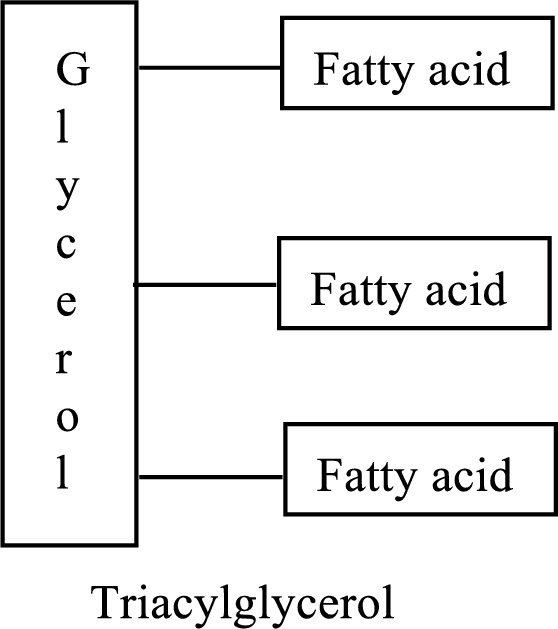
Concept explainers
(a)
Interpretation:
The pairing of bile and solubilizing agent is correct or not has to be determined.
Concept introduction:
Bile is a yellowish-green fluid which is released from the liver and is used for digesting and absorbing fats and their soluble vitamins in the small intestine which cause an increment of absorption of fats.
(b)
Interpretation:
The pairing of chylomicron and monoacylglycerol formation is correct or not has to be determined.
Concept introduction:
Triacylglycerols are lipid molecules that are formed by fatty acids. They constitute around 98% of the total dietary lipids. These lipid molecules undergo digestion/breakdown into simpler forms in the

(c)
Interpretation:
The pairing of cholecystokinin and bile release is correct or not has to be determined.
Concept introduction:
Triacylglycerols are lipid molecules that are formed by fatty acids. They constitute around 98% of the total dietary lipids. These lipid molecules undergo digestion/breakdown into simpler forms in the digestive system and are later absorbed into the bloodstream. The structure of triacylglycerols is as follows:

Bile is a yellowish-green fluid which is released from the liver and is used for digesting and absorbing fats and their soluble vitamins in the small intestine which cause an increment of absorption of fats.
(d)
Interpretation:
The pairing of chyme and partially digested food is correct or not has to be determined.
Concept introduction:
Triacylglycerols are lipid molecules that are formed by fatty acids. They constitute around 98% of the total dietary lipids. These lipid molecules undergo digestion/breakdown into simpler forms in the digestive system and are later absorbed into the bloodstream. The structure of triacylglycerols is as follows:

Trending nowThis is a popular solution!

Chapter 14 Solutions
Organic And Biological Chemistry
 General, Organic, and Biological ChemistryChemistryISBN:9781285853918Author:H. Stephen StokerPublisher:Cengage Learning
General, Organic, and Biological ChemistryChemistryISBN:9781285853918Author:H. Stephen StokerPublisher:Cengage Learning Organic And Biological ChemistryChemistryISBN:9781305081079Author:STOKER, H. Stephen (howard Stephen)Publisher:Cengage Learning,
Organic And Biological ChemistryChemistryISBN:9781305081079Author:STOKER, H. Stephen (howard Stephen)Publisher:Cengage Learning, Chemistry for Today: General, Organic, and Bioche...ChemistryISBN:9781305960060Author:Spencer L. Seager, Michael R. Slabaugh, Maren S. HansenPublisher:Cengage Learning
Chemistry for Today: General, Organic, and Bioche...ChemistryISBN:9781305960060Author:Spencer L. Seager, Michael R. Slabaugh, Maren S. HansenPublisher:Cengage Learning Introduction to General, Organic and BiochemistryChemistryISBN:9781285869759Author:Frederick A. Bettelheim, William H. Brown, Mary K. Campbell, Shawn O. Farrell, Omar TorresPublisher:Cengage Learning
Introduction to General, Organic and BiochemistryChemistryISBN:9781285869759Author:Frederick A. Bettelheim, William H. Brown, Mary K. Campbell, Shawn O. Farrell, Omar TorresPublisher:Cengage Learning



